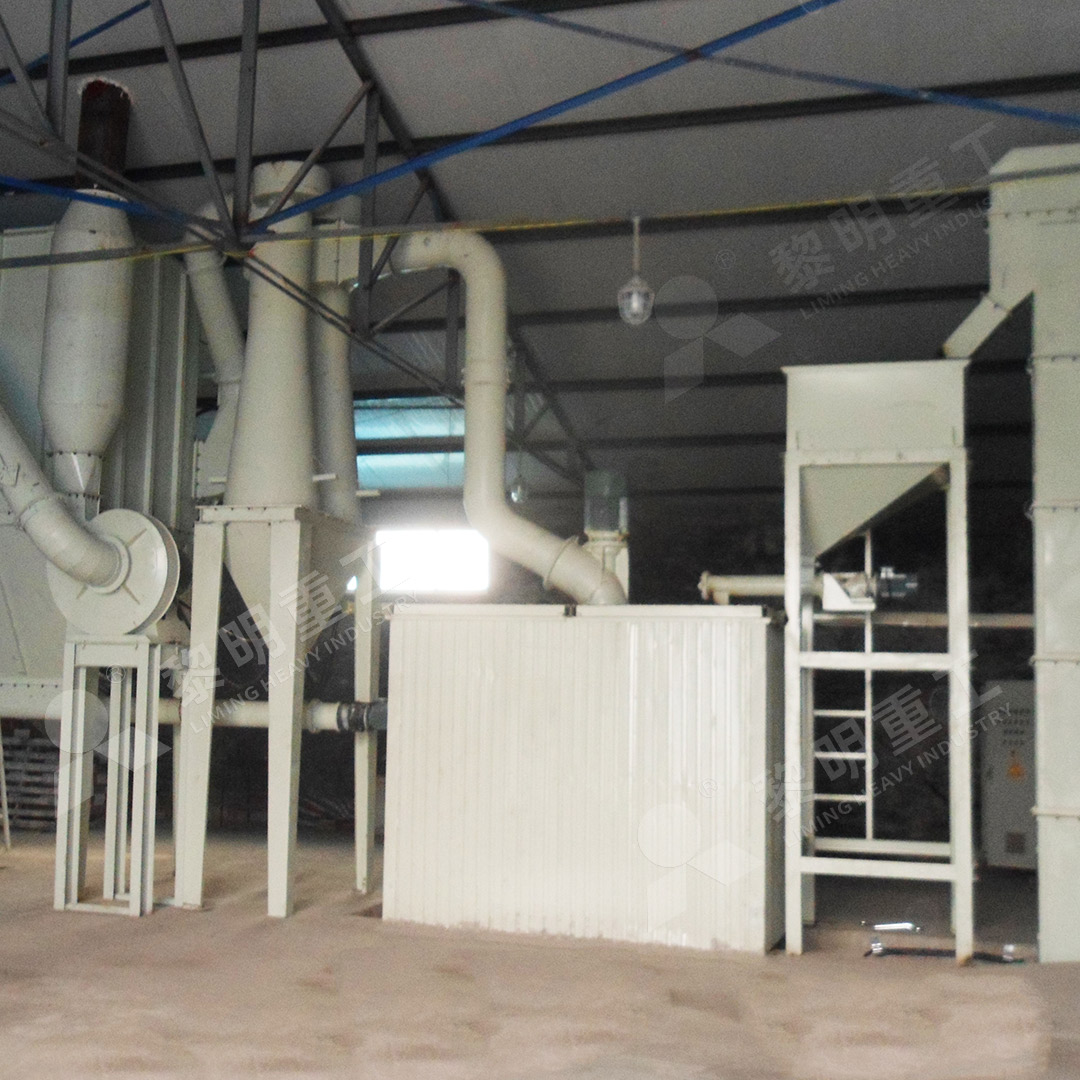Raymond Mill: The Best-Selling Grinding Machine Across the Country
Raymond Mill: The Best-Selling Grinding Machine Across the Country
For decades, Raymond Mill has maintained its position as the undisputed leader in grinding technology across the nation. This remarkable machine has become the go-to solution for countless industries seeking reliable, efficient, and cost-effective powder processing. What makes this traditional workhorse continue to dominate the market in an era of constant technological advancement?

The answer lies in its perfect balance of simplicity and effectiveness. Raymond Mill’s straightforward design translates to lower maintenance costs, easier operation, and remarkable durability. Industries ranging from mining to construction, from chemical processing to cement production have all benefited from its consistent performance. The machine’s ability to handle materials with hardness below 9.3 Mohs and humidity below 6% makes it incredibly versatile for various applications.
Evolution of Excellence
While the fundamental principles remain proven and reliable, Raymond Mill technology hasn’t stood still. Modern iterations incorporate advanced features that enhance performance while maintaining the core benefits that made the original design so successful. The current generation features improved grinding curves, better sealing systems, and more efficient powder classification mechanisms.
One standout advancement in our product line is the MW Ultrafine Grinding Mill, which represents the next evolutionary step in grinding technology. This remarkable machine handles input sizes up to 20 mm with capacities ranging from 0.5 to 25 tons per hour. Designed for customers requiring ultra-fine powder, it features an efficient pulse dust collector and muffler system that minimizes environmental impact. The absence of rolling bearings and screws in the grinding chamber eliminates common failure points, while the external lubrication system enables 24-hour continuous operation.

Why Raymond Mill Continues to Dominate
The enduring popularity of Raymond Mill stems from several key factors. First, its operational economy is unmatched – lower investment costs combined with minimal energy consumption make it financially attractive. Second, its environmental performance meets modern standards, with effective dust collection and noise reduction features. Third, the machine’s compact footprint allows for flexible installation in various industrial settings.
For operations requiring even more advanced capabilities, our LUM Ultrafine Vertical Grinding Mill offers exceptional performance. With input sizes up to 10 mm and capacity ranging from 5 to 18 tph, this mill integrates German powder separating technology with Taiwanese grinding roller advancements. The reversible structure simplifies maintenance, while double position-limiting technology ensures operational stability even under challenging conditions.
Applications Across Industries
Raymond Mill’s versatility is demonstrated through its widespread adoption across multiple sectors. In mining, it processes limestone, calcite, and dolomite. In construction, it handles gypsum and barite. The chemical industry relies on it for processing various compounds, while power plants use it for desulfurization applications. This cross-industry adoption underscores the machine’s fundamental reliability and effectiveness.

The MW Ultrafine Grinding Mill particularly excels in applications requiring precise particle size control between 325-2500 meshes. Its cage-type powder selector, incorporating German technology, ensures exceptional separation precision. The system’s energy efficiency is remarkable – achieving 40% higher production capacity compared to jet grinding mills while consuming only 30% of the energy.
Future-Proof Technology
As industries evolve toward greater automation and environmental responsibility, Raymond Mill technology continues to adapt. Modern systems feature digital processing with high-precision numerical control machining. Advanced monitoring systems and remote operation capabilities are becoming standard, ensuring these machines remain relevant in increasingly sophisticated industrial environments.
Frequently Asked Questions
What maintenance does Raymond Mill require?
Regular maintenance includes checking grinding roller and ring wear, inspecting lubrication systems, and monitoring classifier operation. The MW Ultrafine Grinding Mill specifically requires minimal maintenance due to its lack of rolling bearings in the grinding chamber.
How does particle size control work?
Particle size is controlled through adjustable classifier speed and airflow regulation. The MW Ultrafine model offers particularly precise control between 325-2500 meshes with screening rates achieving d97≤5μm.
What materials can Raymond Mill process?
It handles non-flammable materials with hardness below 9.3 Mohs, including limestone, calcite, dolomite, barite, talc, and gypsum, among others.
How energy efficient are modern grinding mills?
Advanced models like the MW Ultrafine Grinding Mill consume only 30% of the energy required by jet grinding mills while achieving 40% higher production capacity.
What environmental features are included?
Modern systems feature efficient pulse dust collectors, mufflers, and noise elimination technology to meet national environmental protection standards.
